You know how sometimes you just have to listen to a particular album? Maybe you’re sad, maybe a bit down; maybe you just love that album so fucking much that it transports you to a place of absolute joy when you listen to it. For me it wasn’t just an album but a series of albums that I simply had to listen to again. Recently coming out of a serious Black Sabbath bender where I listened to every album chronologically, I naturally went on to listen to a whole bunch of solo stuff by Dio, Gillan, and of course, the whole suite of Ozzy’s solo albums.
It was at some point during my total immersion in Blizzard of Oz (released in 1980) and Diary of a Madman (released in 1981) that my profound appreciation for Randy Rhoads’ guitar work was reignited. I say ‘reignited’ because twenty or thirty years ago, I had been a massive fan – and yet his six string skills had somehow slid out of my mind like that crazy slide/scratch opening note of I Don’t Know. I recall sitting there, almost dumb-founded, that I had completely forgotten how much I absolutely adored his work – and of course, one cannot but be delighted with those absolute Behemothic bass lines courtesy of Bob Daisley (never mind all of that ‘unpleasantness’ associated with the 2002 re-issue controversy). But it wasn’t enough for me to listen back to the studio albums of Diary and Blizzard; I had to hear his live playing again, perfectly exemplified by Tribute (released 1987).
I must confess that while I loved Rhoads’ guitar work with Quiet Riot (which he co-founded way back in 1973), it was his work with Ozzy that really stood out for me – even if some folk say he did recycle a bunch of old Quiet Riot riffs with Ozzy; I like to think of it as breathing new life into an old tune (and I’m sure anyone who’s ever played in a band will admit this happens more often than not).
Rhoads’ technical skills have been labelled many things including ‘heavy metal’, ‘hard rock’, and my personal favourite ‘neoclassical metal’ – his ability to create solos of exceptional beauty, instantly recognisable as his own, his fusion of the heaviest rock and metal riffs with the technical precision of classical music, these all worked together to result in a style of playing that changed the face of metal in the late seventies/eighties.
He began learning folk and classical guitar at the age of seven, attending his mother’s music school, with his attendance at an Alice Cooper gig in 1971 acting as a defining moment for him. He was struck by the revelation that ‘this’ is what he wanted to do. He actually began teaching guitar at his mother’s music school when he was sixteen, and at the same time formed Little Women with Kelly Garni, which became the predecessor to Quiet Riot. Again, as much as I loved Quiet Riot, it was Rhoads playing with Osbourne that really blew my mind – there seems to me a certain delicacy on Blizzard and Diary that really show the dexterity with which Rhoads handled his instrument.
I mean, check out the joyously chunky riffs of Over the Mountain – but then the breaks are just so deliciously restrained, and then the solos (Oh. My. Word.) that Rhoads bangs out explore every fret on the guitar, reaching ever higher until there’s just nowhere else for his fingers to go. Not to mention the unforgettable riff of Flying High; and again, those solos. But Rhoads didn’t just bang out riffs and searing solos – his haunting work on You Can’t Kill Rock and Roll and Diary of a Madman; with every break and solo he wrings every fucking note out of the neck of his guitar. Just incredible.
I honestly believe that Rhoads contributed to the development of symphonic metal with its’ classical stylings – I have no proof for this but it’s something I definitely like to think is a strong possibility.
And all of the above are some of the reasons why I had to revisit the unique guitar stylings of the late, great Randy Rhoads. Yes, it’s a bit of self-indulgence on my part but I was commanded (perhaps by the Devil himself?) to pen these words – and with any luck this article might see a new swathe of Randy fans discovering his work for the first time – or at the very least, reignite the passion and interest of some older our (ahem) older readers who already know and love his playing.



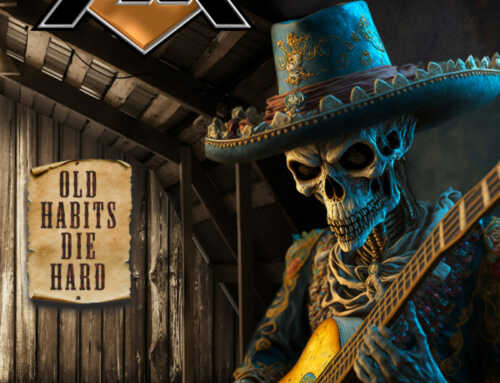
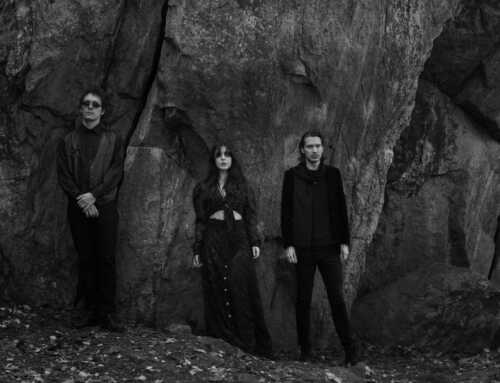
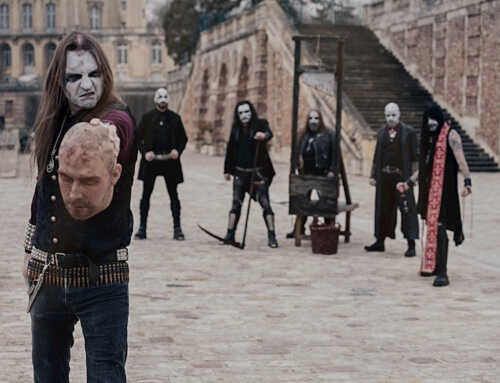
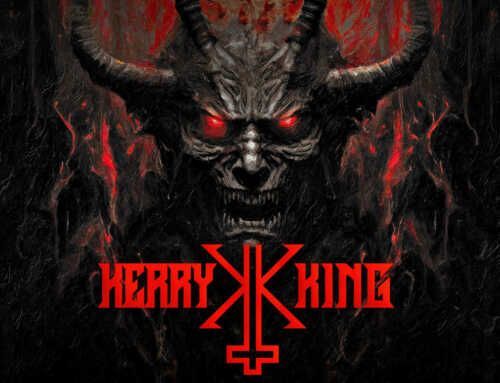
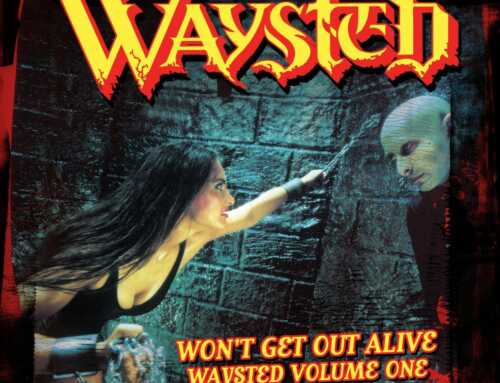
Leave A Comment